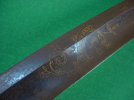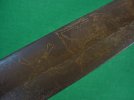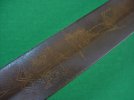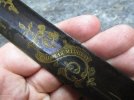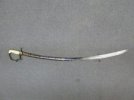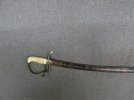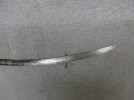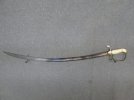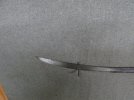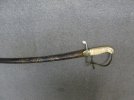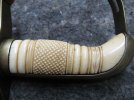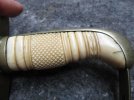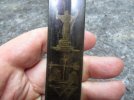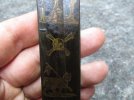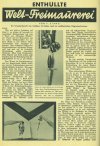horseclover
Basic Member
- Joined
- Nov 21, 2000
- Messages
- 3,976
They say modern Freemasonry first bloomed in the 18th century but others will show notes that the Templars never disappeared. I have actually spent a little bit of time with this and Edward III of England showed a great deal of tolerance when the Templars were being persecuted. Many only lost land and titles, while most in England were pretty much rolled into the Knights Hospilliter. Come Cromwell's time, there are some notes of Freemasonry. The guilds already intact from centuries before that, it is in the 18th century when the Royalty's under the House of Hanover then grant charters.
Some years ago, I almost bought what I figured was a very singular sabre with Freemasonry blue&gilt decoration. Filed away, after missing the sale, not forgotten but still a one off in my files. More than a decade later I came across images again and at first glance figured it was the same sword but behold, a twin! Having encountered two, I have to figure there are more.
I'd like to think they were English or Scottish customers but I just don't know. Anyway, two very nicely checkered ivory gripped 1796 types. No doubt fancy dress swords but fairly common as Napoleonic militia officers in England.
Anyway, a mess off photos, ten here and more with the shinier example.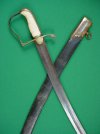
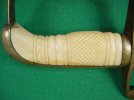
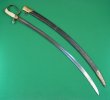
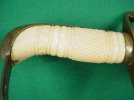
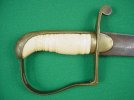
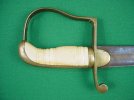
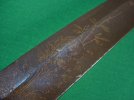
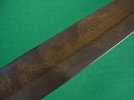
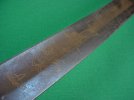
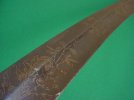
Some years ago, I almost bought what I figured was a very singular sabre with Freemasonry blue&gilt decoration. Filed away, after missing the sale, not forgotten but still a one off in my files. More than a decade later I came across images again and at first glance figured it was the same sword but behold, a twin! Having encountered two, I have to figure there are more.
I'd like to think they were English or Scottish customers but I just don't know. Anyway, two very nicely checkered ivory gripped 1796 types. No doubt fancy dress swords but fairly common as Napoleonic militia officers in England.
Anyway, a mess off photos, ten here and more with the shinier example.











